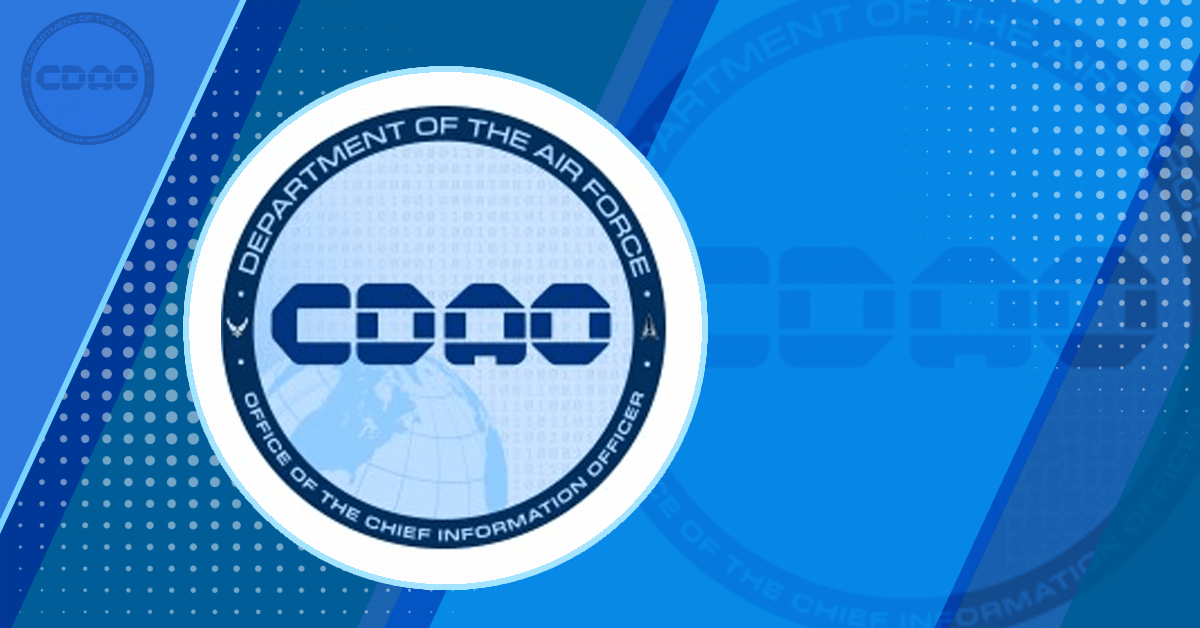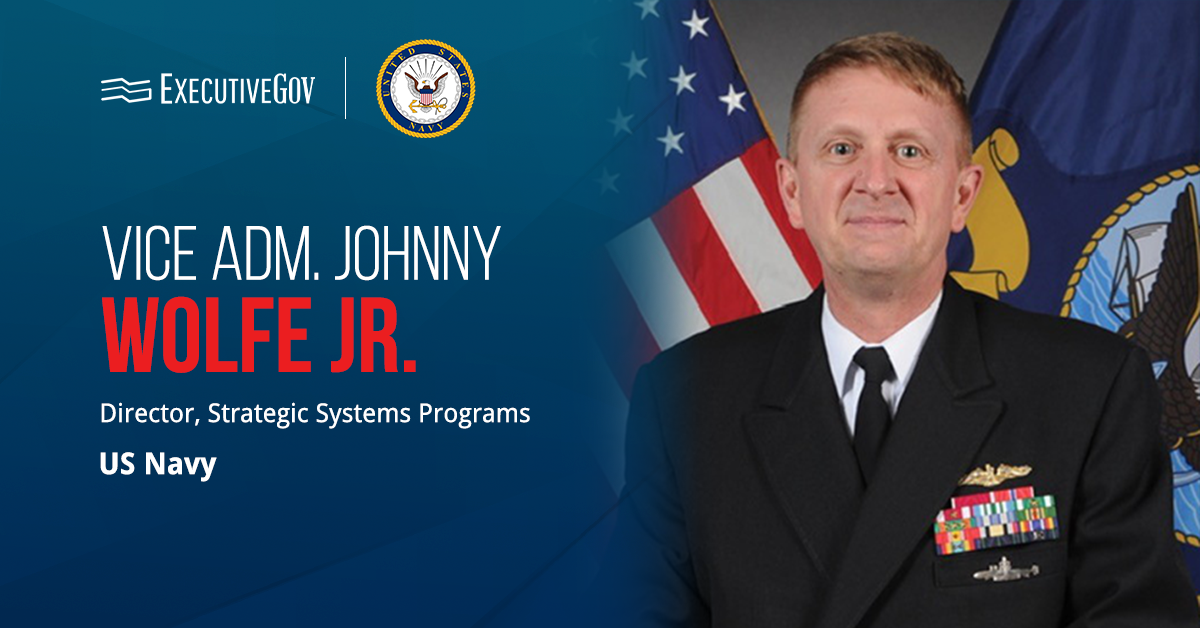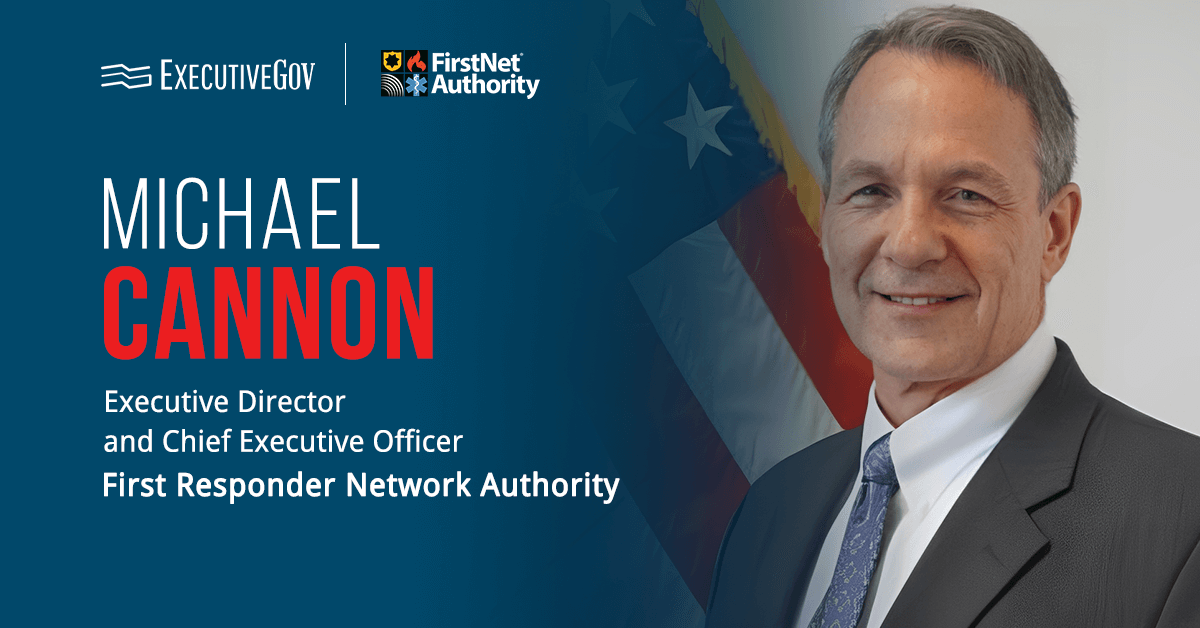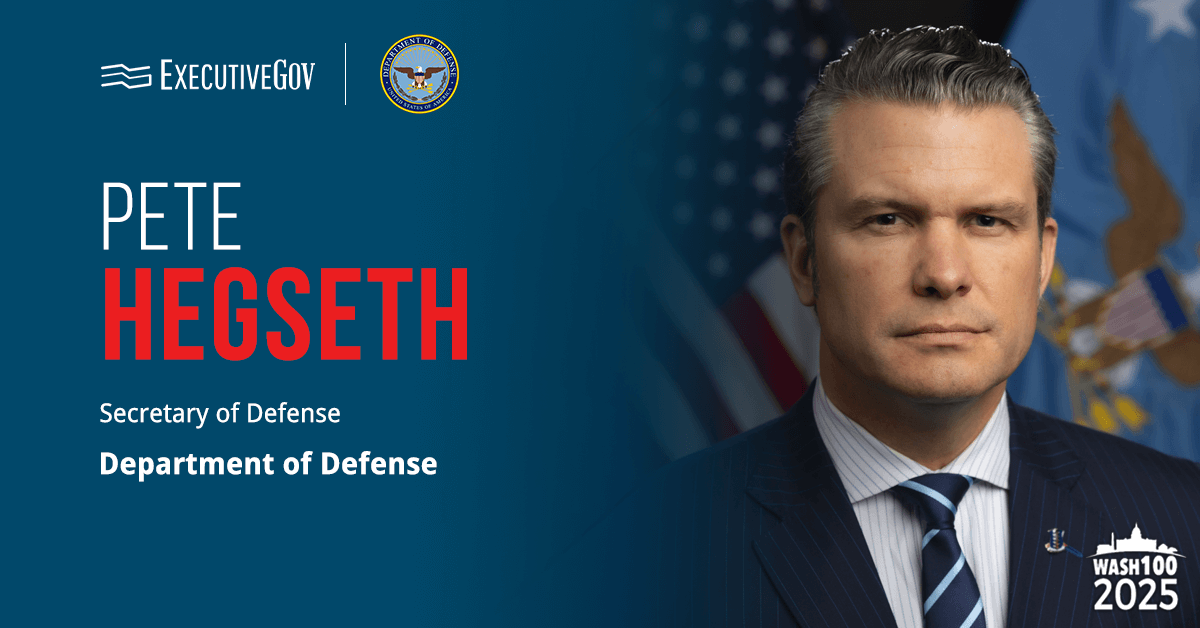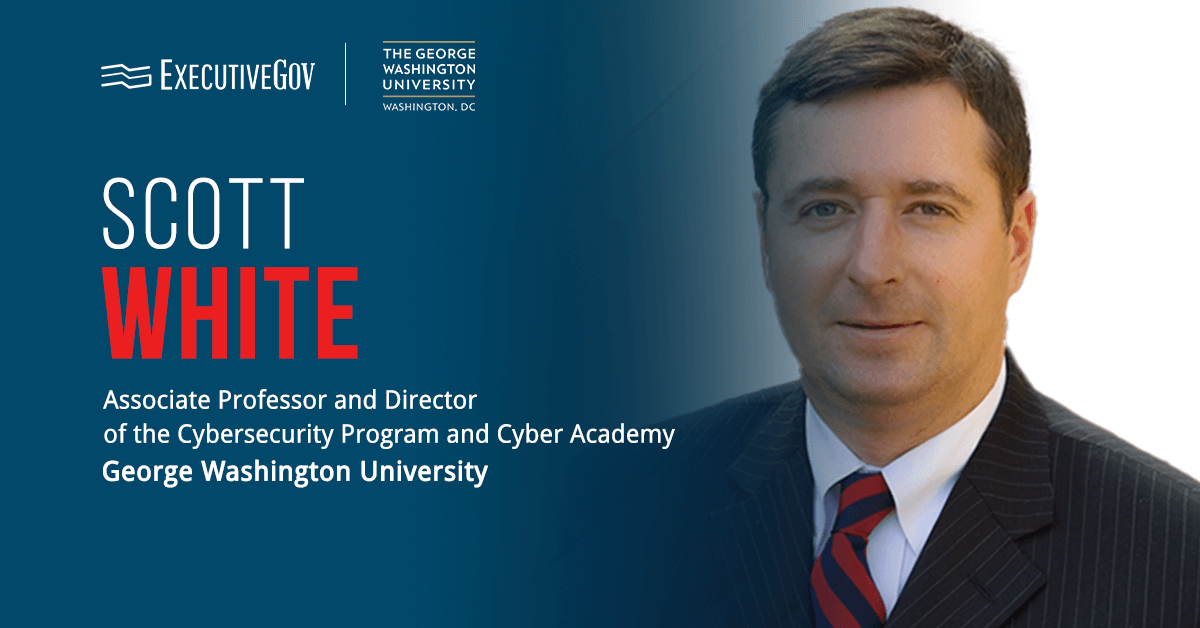The Air Force Doctrine Note 25-1, Artificial Intelligence to guide the responsible development and implementation of AI tools. The doctrine marks a milestone in achieving AI-enabled air and space power, the Department of the Air Force, or DAF, Chief Data and AI Office said in a LinkedIn post Saturday.
The Air Force first published the doctrine in April. It supports AI strategies previously issued by the Air Force and the Department of Defense.
Table of Contents
Roles of AI Within the Air Force
AI is poised to play an integral role in the modern battlefield and amid the Great Power Competition. The United States’ adversaries such as China and Russia are increasingly investing in the development and integration of AI into military equipment.
The document pointed out that China is building an intelligentized force powered by human-machine teaming. Beijing, according to the doctrine, is applying AI for decision-making, cyber operations, missile guidance, logistics and cyber.
On the other hand, Russia is increasingly using AI for Unmanned aerial, ground and underwater systems.
As for the U.S. Air Force, AI can facilitate the effective and timely execution of air missions to achieve information advantage and air superiority. Moreover, the doctrine lists global precision attack, rapid global mobility, command and control, and global intelligence, surveillance, and reconnaissance as some of the areas where the technology can be utilized.
Air Force’s Ongoing AI Efforts
The doctrine note also provides details about the Air Force’s current programs that integrate AI. The Collaborative Combat Aircraft program, for instance, intends to leverage the technology to enable crewed-uncrewed teaming during combat. CCA relies on semi-autonomous software to augment the capabilities of manned combat aircraft and enhance situational awareness, lethality and survivability.
The Air Force Rapid Sustainment Office also developed an AI platform to optimize fleet maintenance, increase aircraft availability and reduce vessel downtime. Called the Predictive Analytics and Decision Assistant, or PANDA, the system of record utilizes enhanced-reliability-centered maintenance and sensor-based algorithms to achieve condition-based maintenance.
Learn more about the increasingly critical role of air and space defense in the great power competition at the Potomac Officers Club’s 2025 Air and Space Summit on July 31. Register for the in-person event today!



